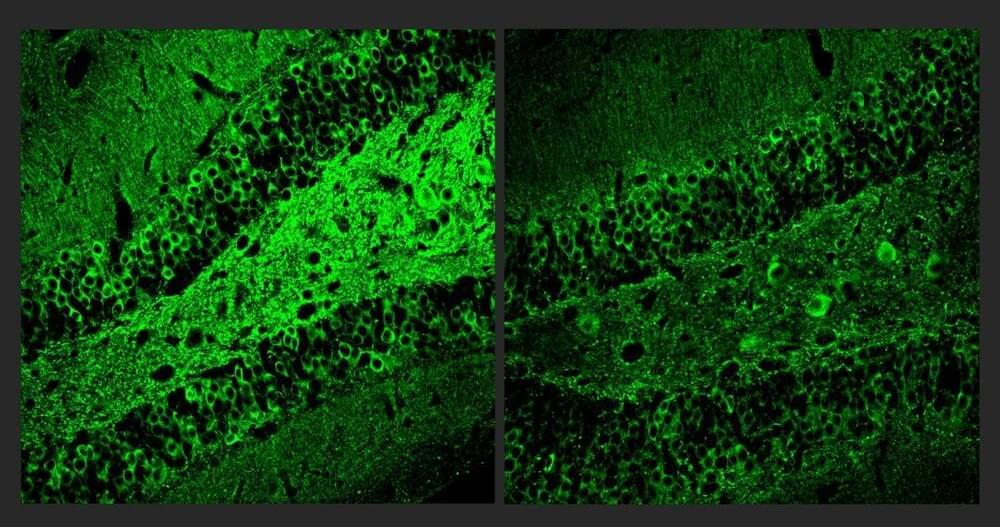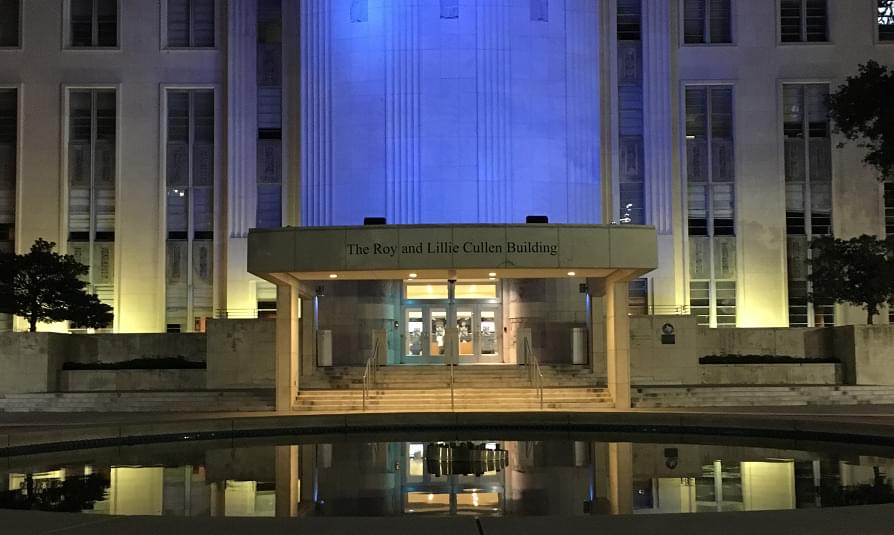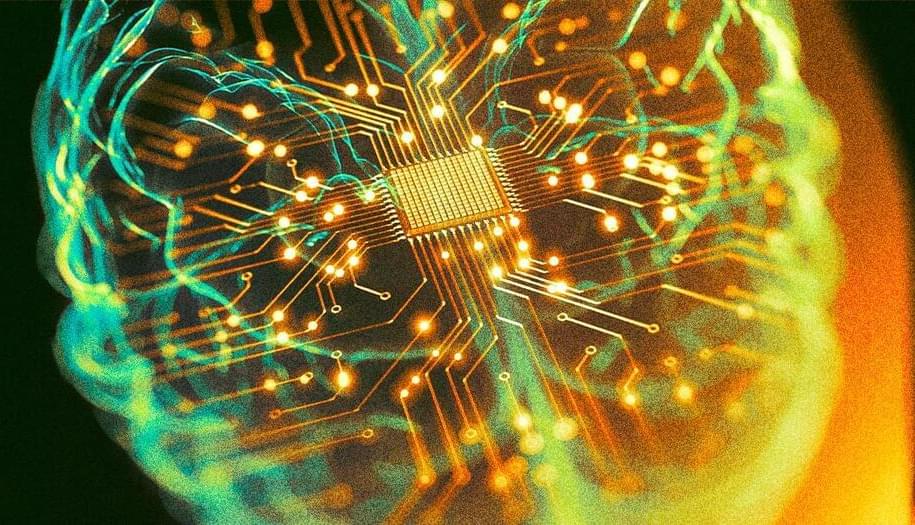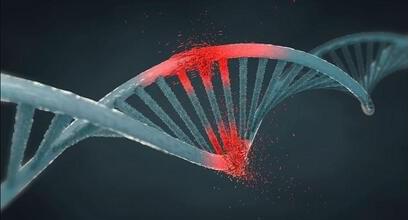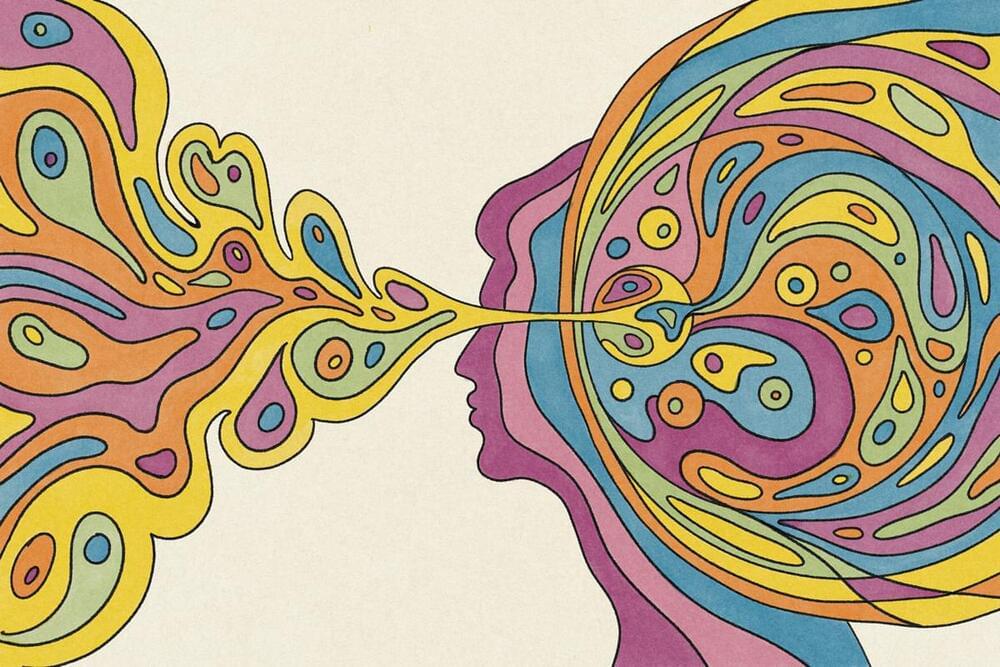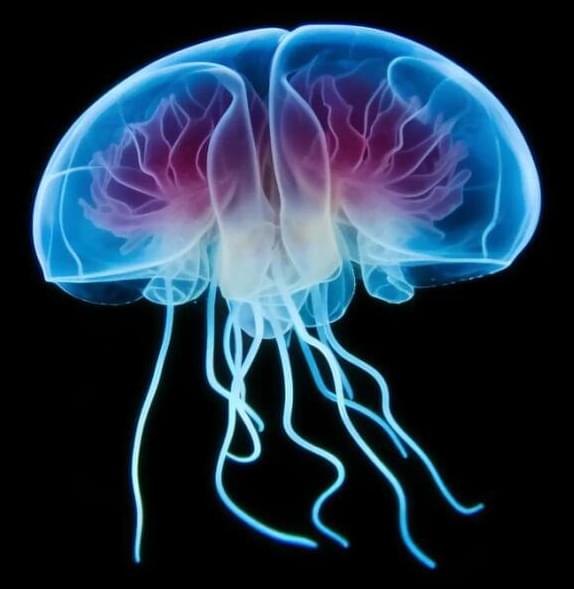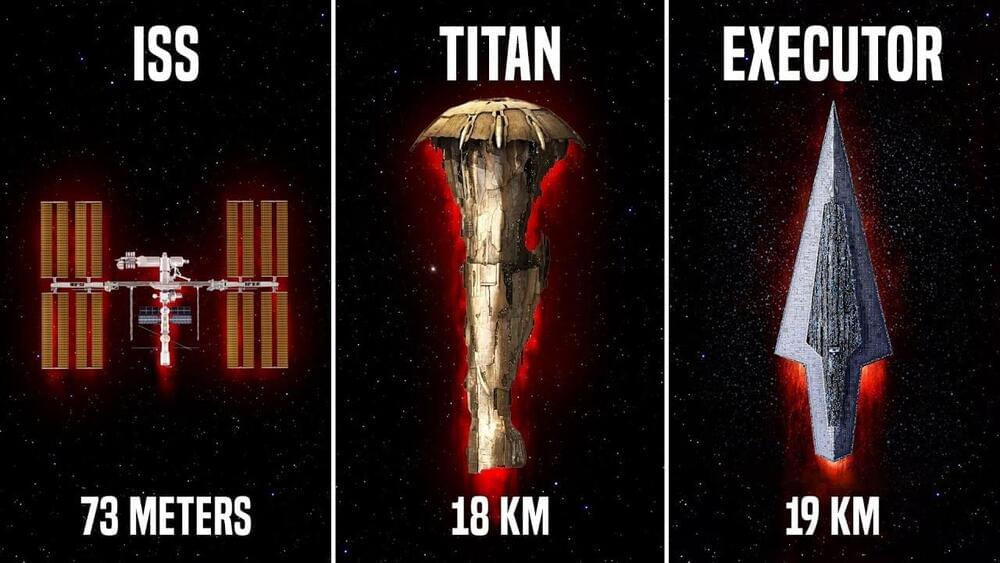The researchers compiled an extensive dataset of over 1,200 distinct cell groups, estimating size ranges, mass, and cell counts for each group across 60 tissue systems in three reference humans — an adult man, woman, and child.
“For the first time, we have systematically measured the size and abundance of cells across all major tissues and organs,” said Dr. Hatton. This spans seven orders of magnitude from tiny red blood cells to large muscle fibers.
While many contemporary works focus on molecular profiling, this study adopts a classical cell biology approach, quantifying morphological features of known cell types. The team integrated decades of histological and anatomical research to establish a framework. They discovered a striking near-inverse relationship between cell size and abundance, implying a trade-off between the two variables.

